In Botswana, Africa, on the edge of the Kalahari Desert, lies the Jwaneng diamond mine. The mine, the richest in the world, was founded in 1982 by Debswana, the 50-50 JV partnership between the government of Botswana and global diamond miner De Beers.
This year, Botswana commemorates its Golden Jubilee. The celebration is not just for 50 years of independence; it is also a celebration of a country transformed, primarily by harnessing the power of its diamond resources, the only country in Africa to have maintained tight control of its mineral wealth.
In 1966, when Bechuanaland, the land known today as Botswana, gained independence it had minimal literacy and widespread poverty with an average per-capita income of just $83. Fortunately, just a year later diamonds were discovered at Orapa – 325 miles north of Jwaneng – and the country’s destiny changed forever.
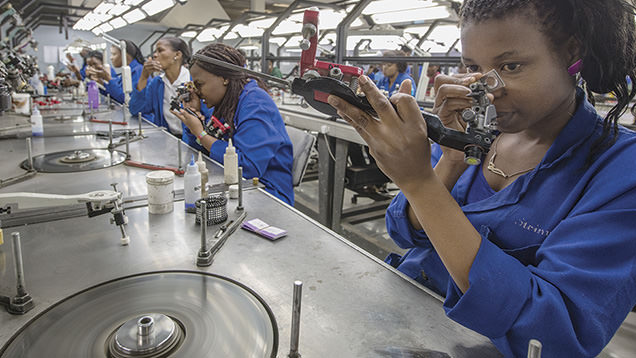
Women cut and polish diamonds in Botswana, a country that transformed after its independence primarily by harnessing the power of its diamond resources. [Photography of Steinmetz Co., Gaborone, Botswana]
How the Diamond Industry Supports People in Botswana
For 24-year-old Reagan Tsimakoko, who grew up in the town next to the famed mine, diamonds were part of the backdrop of everyday life. Living so close to Jwaneng, he knew that the continued prosperity of both his community and his country depended on these precious stones and without their discovery, his life and the life of everyone around him, would be very different.
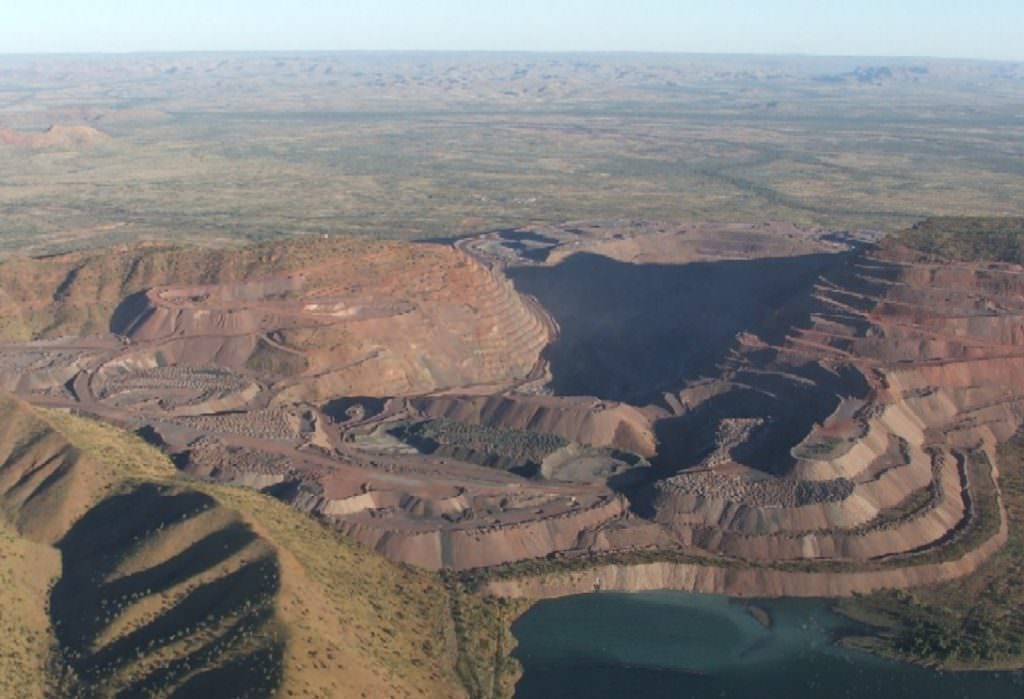
The Debswana Jwaneng Diamond Mine supports the people of Botswana and provides schooling for the children of employees.
When Reagan was a small boy, his mother took the brave step of leaving her job as a bank teller to take up an entry level job in the security office at Debswana Jwaneng mine. She did so purely so her children could attend the Acacia Primary School, a private school established for the children of mine employees, and she expected her kids to work hard.
Reagan, was, however, initially more of a success on the sports field than in the classroom. He had to repeat a grade at age 11 and his mother, who had sacrificed so much for her son, was furious.
“She really opened my eyes when she said ‘do you know what I had to do to get you into school?’” he recalls years later.
It was just the wakeup call the youngster needed. Realizing that a good education was the only way to a better life, and determined to fulfill his mother’s expectations, Reagan repeated the year and never looked back.
Debswana Provides Educational Opportunities in Botswana
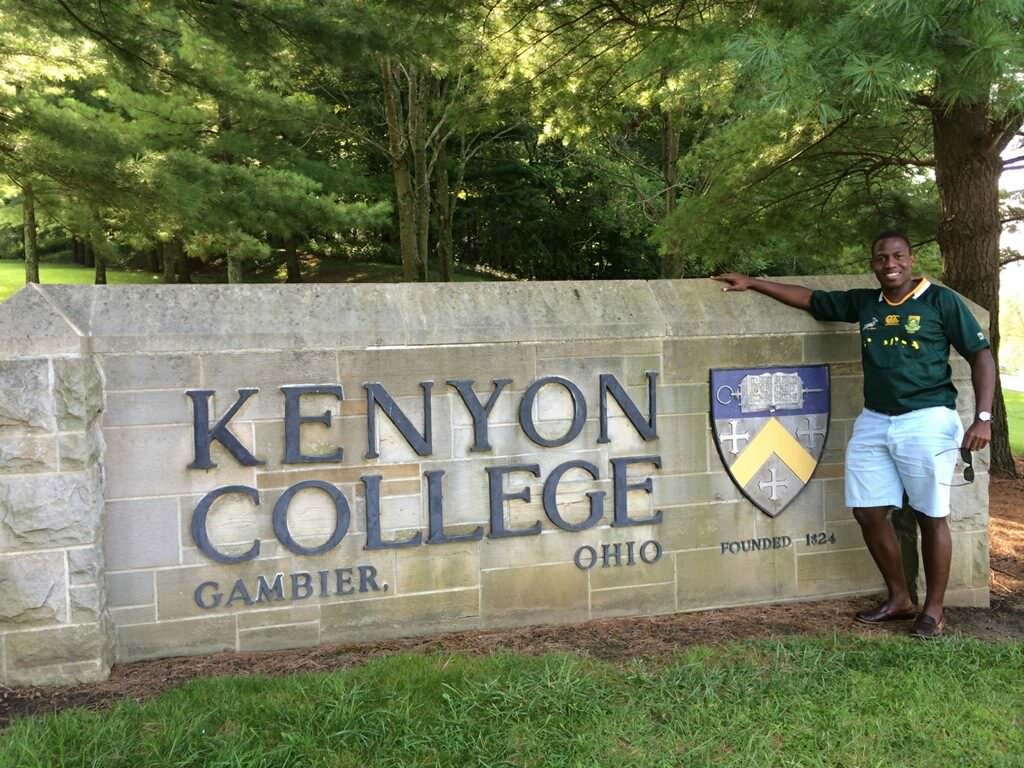
Reagan Tsimakoko was able to attend Kenyon College after receiving a full scholarship funded by Debswana to attend a private high school in Botswana.
Fueled by the urge to succeed, he excelled at school and received a full scholarship, funded by Debswana, to attend Maru-A-Pula, a private high school in Gaborone, the capital of Botswana, and spent his senior year on an exchange at University School, an all-boys country day school in Hunting Valley, Ohio. He later attended Kenyon College, studying International Relations and Mandarin with a focus on China and Africa.
Despite pressure to take up a job on Wall Street or to become an engineer, Reagan instead turned full circle and decided to formalize his longstanding interest in diamonds and jewelry by taking up a prestigious Management Trainee position at the renowned Gemological Institute of America (GIA).
His choice was also partly an act of thanks for the help he had received growing up. Reagan believes his potential would have remained untapped had it not been for the scholarship from Debswana. “Talent is everywhere, but opportunity isn’t,” he explains modestly.

Reagan Tsimakoko on graduation day at Kenyon College with his family, host mother and teacher.
And with shifts in the diamond world, there are more opportunities than ever before in Botswana. Today, far from the sleepy African backwater of 50 years ago, Botswana plays a vital role in keeping diamonds flowing throughout the world.
In 2013, De Beers shifted Sightholder sales from its historic home in London to Gaborone. In the same year, the company’s sales and sorting operations were also moved to Botswana, providing even more opportunities for employment for the Batswana, the word used to describe the people of Botswana.
The Importance of Diamonds in Botswana Today
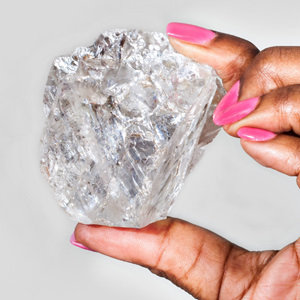
The beautiful 1,109-carat Lesedi La Rona diamond was uncovered in Botswana in November 2015.
Botswana has produced more than 728 million carats of rough diamonds since operations began there in 1971 and is the source of many of the world’s largest and most beautiful diamonds – including the 1,109-carat Lesedi La Rona, which was uncovered in November 2015.
The revenue raised from selling these precious stones has gone into improving the lives of Botswana’s small population of 2 million people.
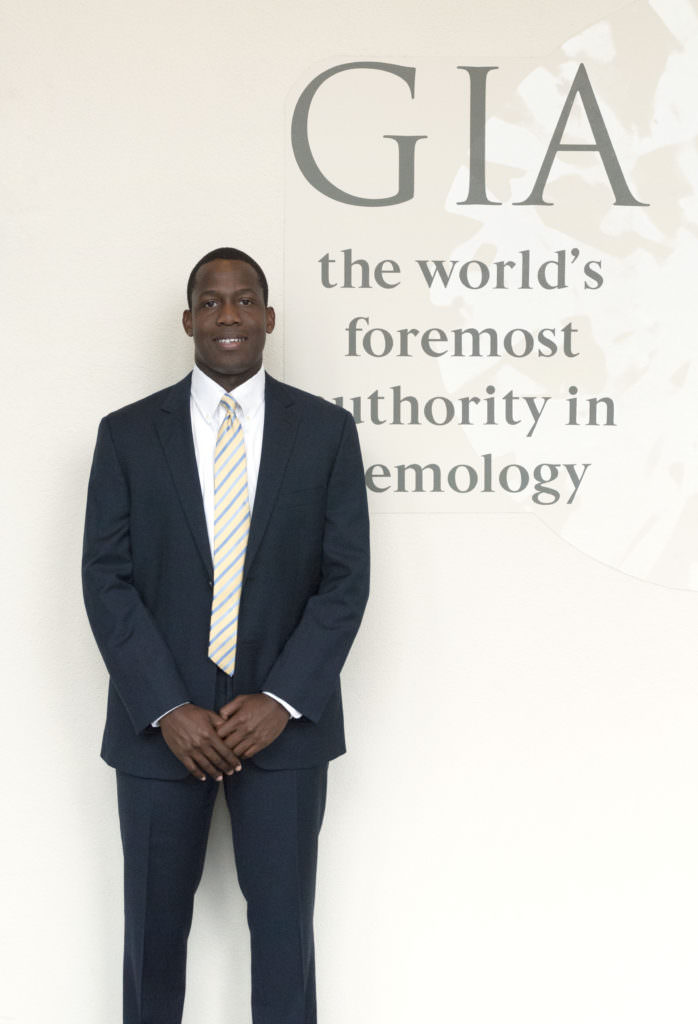
Building on his longstanding interest in diamonds and jewelry, Reagan took up a prestigious Management Trainee position at the renowned Gemological Institute of America (GIA).
“For our people, every diamond purchase represents food on the table, better living conditions, better healthcare, potable and safe drinking water, more roads to connect our remote communities, and much more,” explains Festus Mogae, former president of Botswana and current member of the Diamond Empowerment Fund’s Advisory Board.
Such is their importance that diamonds contribute approximately 30 percent of the country’s GDP and account for 70 percent of all exports by value. “I’ll see a $30,000 diamond and I know it probably comes from my hometown,” says Reagan.
For this proud young Batswana, the stay in the US is only temporary.
“People always say I should stay in America, but I just want to go back [to Botswana],” Reagan says. “Just knowing what I was given by my country, I couldn’t trade it for anything.”
